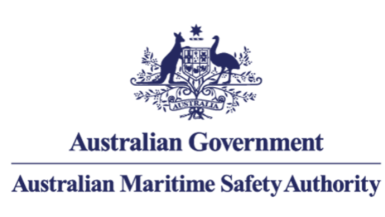
Data from the ISWAN YachtCrewHelp 2023 Annual Review indicates that yacht crew were more likely to contact ISWAN in relation to mental health concerns or experiences of abuse, bullying, harassment, discrimination and violence (ABHDV) than seafarers working in other maritime industries, particularly merchant shipping.
In 2023, the proportion of contacts relating to ABHDV on YachtCrewHelp was more than double the level received by SeafarerHelp, accounting for 7.3% of all issues raised compared to 3.1% on SeafarerHelp. Women were more than five times more likely to report an Continue reading “Mental health struggles amongst yacht crew highlighted in ISWAN YachtCrewHelp 2023 Annual Review”




 The
The 




